Menu
From the towering oaks that shade our driveways to the graceful magnolias that perfume our summers, trees are part of the charm of Georgia. They give our landscapes shade, color, oxygen, and sometimes fruit. While trees are a blessing, they can also become a serious hazard if left unchecked.
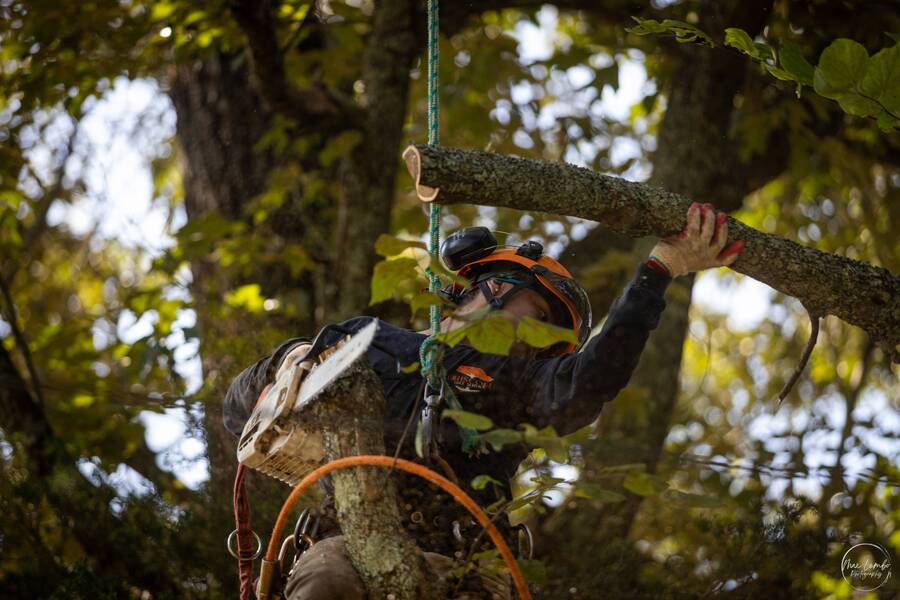
A large oak tree can easily weigh more than 15 tons - and much of that weight is in its branches. When something goes wrong (like internal decay or storm damage) that weight can come crashing down and cause serious property damage or injury. So, how do you know when a tree has gone from asset to liability?
In this brief article brought to you by Driscoll Tree Service, we share our two cents with five signs your tree might be a safety hazard, and suggest when to call in a tree service professional to take a closer look.
Not all leaning trees are dangerous, but each carries some cause for concern. A gradual lean may simply mean the tree grew toward sunlight, but if it’s started tilting more recently or appears to be shifting after heavy rain or wind, then you've got a red flag. Here's why.
A sudden lean often points to root instability - meaning the root system can no longer support the tree’s weight. You might also notice the ground lifting, cracking, or bulging around the base. In Georgia’s clay-heavy soil, root rot can sneak up on a tree after years of damp weather.
A tree leaning more than 15 degrees from vertical is generally considered at high risk for falling, so call a local tree company to investigate as soon as possible.
A few dead twigs are normal, but if your tree is dropping large limbs - especially during calm weather - then it’s likely struggling. These "self-pruning" trees might be shedding branches to conserve resources, and this typically means they may already be in decline.
Look up at the canopy. If you see bare branches, cracked limbs, or sections with no leaves while others areas are full, then each are warning signs. Large dead branches can fall without warning. In neighborhoods like Brookhaven, Alpharetta, or Braselton, where trees often overhang homes or driveways, these falling limbs can do major damage.
A certified arborist can trim away hazardous branches safely and check whether the rest of the tree is structurally sound. Call Driscoll Tree Service for professional assistance.
Your tree’s trunk is its backbone - and it should be solid, robust, and free from deep cracks. Vertical splits or large cavities are a strong tell-tale sign of internal decay. That decay weakens the tree’s structure from the inside out.
If the bark is peeling away or there’s a hollow area big enough to fit your hand inside, the tree might be rotting. You might also spot fungal growth, like mushrooms or conks, around the base. Many times, a tree removal is part of the conversation in these scenarios.
Even if the tree still looks green and leafy, it can be dangerously unstable. Trees like red oaks, popular across Georgia, often mask decay until it’s too late. When in doubt, have a professional evaluate the damage before high winds put it to the test.
Healthy roots are the hidden strength of any tree. Unfortunately, most root problems go unnoticed until the symptoms show up above ground. Get ahead of the curve by watching out for:
Georgia’s humid climate makes it a hotspot for tree diseases and pests. Common infections and critters include pine beetles, Armillaria root rot, and bacterial leaf scorch.
Left untreated, diseases can spread to nearby trees - turning one problem into many. The pros at Driscoll Tree Service can diagnose the issue and recommend treatment or removal before the damage spreads

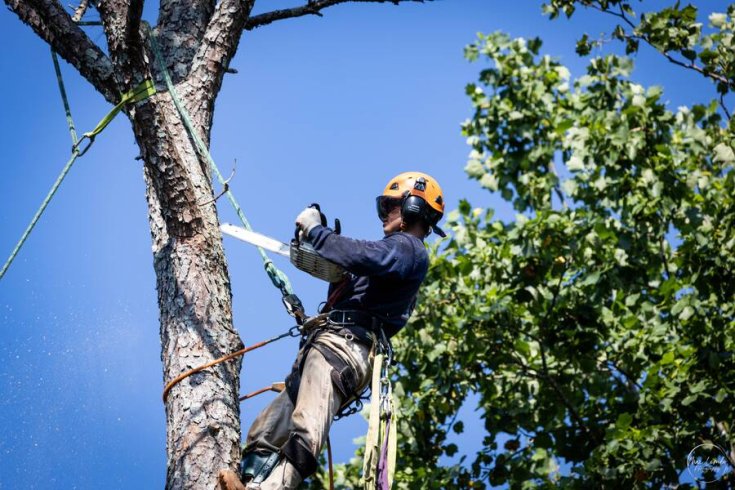
When most people hear the word pruning, they probably think of someone snipping away at tree branches with big clippers. While that’s technically true, tree pruning is way more complex - and interesting - than just cutting random limbs. Pruning…
Read More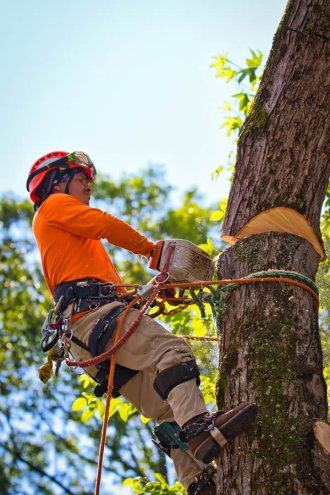
Hey there, Metro Atlanta neighbors! Whether you’re battling Bradford pears that shed like a husky in July or nurturing a century-old oak that’s seen more history than Peachtree Street, the tree care specialists at Driscoll Tree Service have some tips…
Read More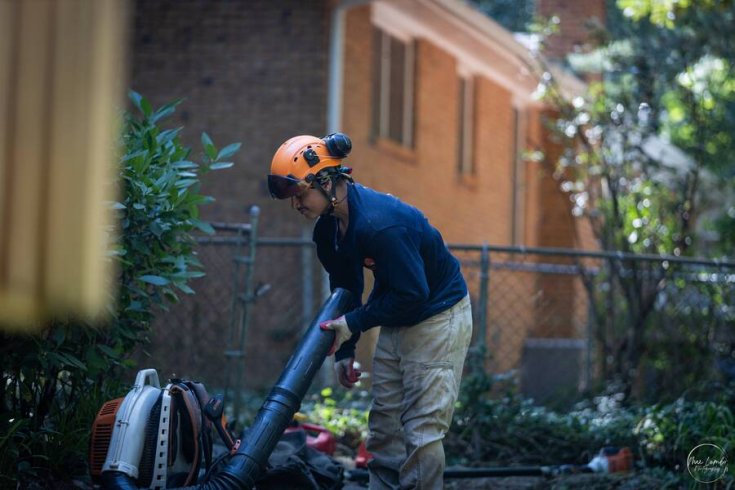
It should go without saying that when it comes to caring for your trees, hiring a professional is always the smarter choice. Whether you’re dealing with routine trimming, storm cleanup, or a full tree removal, the risks and complexities make…
Read More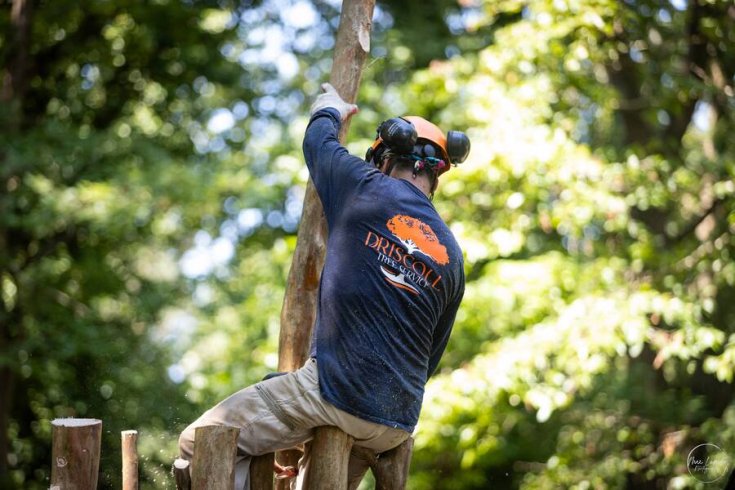
Why Tree Risk Assessment Is Important Trees are valuable assets that enhance the quality of your landscape and the ecosystem. These magnificent entities provide many benefits, including shade, beauty, and environmental benefits. However, they can experience structural deterioration or health…
Read More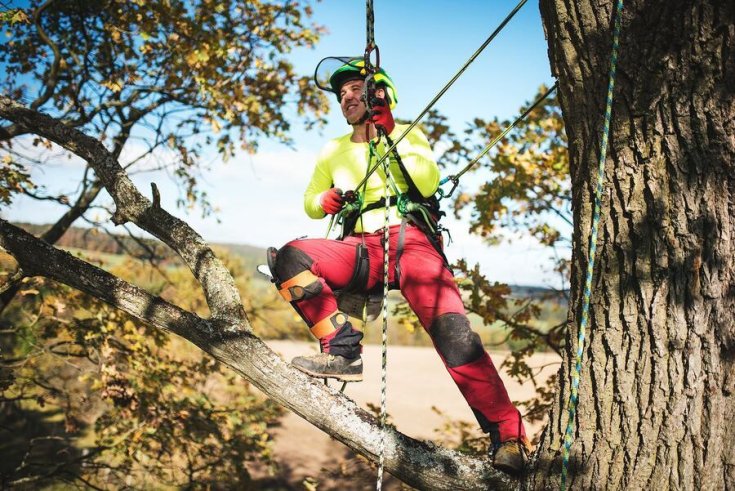
Tips and Techniques for Tree Removal Tree removal is a significant task that requires careful planning and execution to ensure safety and efficiency. Because of disease, hazard, or landscape redesign, proper techniques are crucial for a successful removal process. Driscoll…
Read More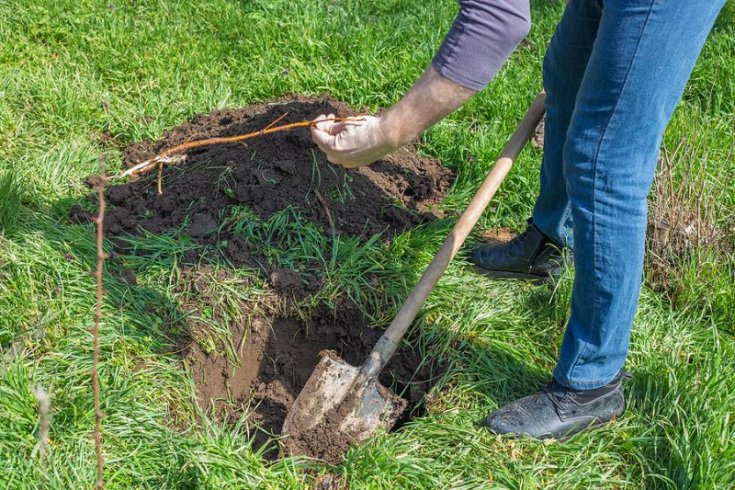
How to Care for Newly Planted Trees Trees are beautiful ornaments for any property, but they are more than decoration. They purify our air, offer us shade, and even provide fruit. Trees grow naturally out of the ground, but if…
Read More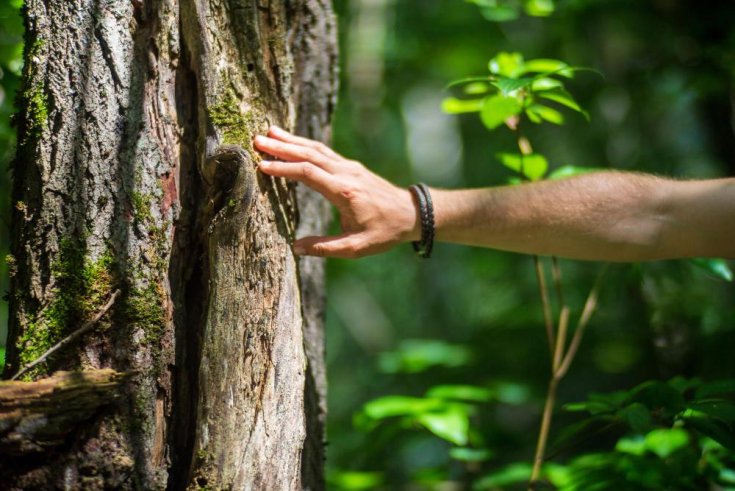
Tree Care Tips for Homeowners As a homeowner, maintaining a lush and healthy landscape enhances aesthetic appeal and plays a crucial role in providing shade, improving air quality, and enhancing the overall environment. You can achieve this by working with…
Read More
How to Spot Diseased or Dangerous Trees Before They Become a Problem Let’s face it: not every homeowner is an arborist. Most people don’t spend their weekends studying leaf structure or bark fungus, and that’s perfectly fine. But while you…
Read More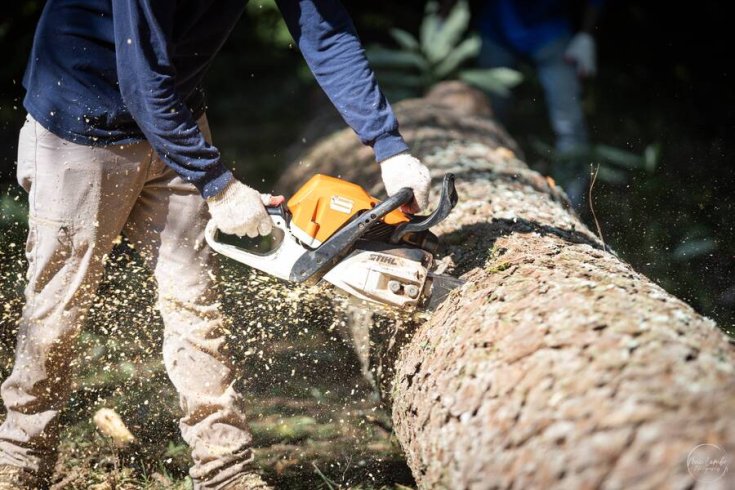
When Is It Time to Say Goodbye to a Tree? Signs Your Tree Might Be Better Removed There’s nothing like sitting under a shady oak on a hot Georgia afternoon or watching the dogwoods bloom in spring. We love trees…
Read More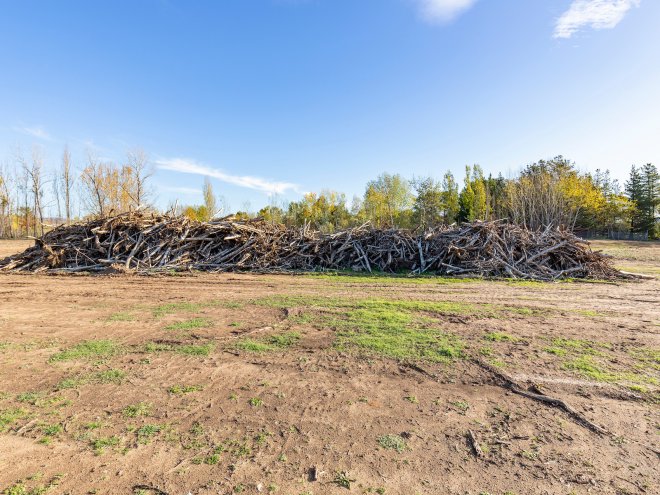
Best Tips to Clear Overgrown Land Land is one of the best investments you can make, but here’s the catch: if you want to unlock its full potential, then you’ve got to cultivate or develop it. Before you can do…
Read More